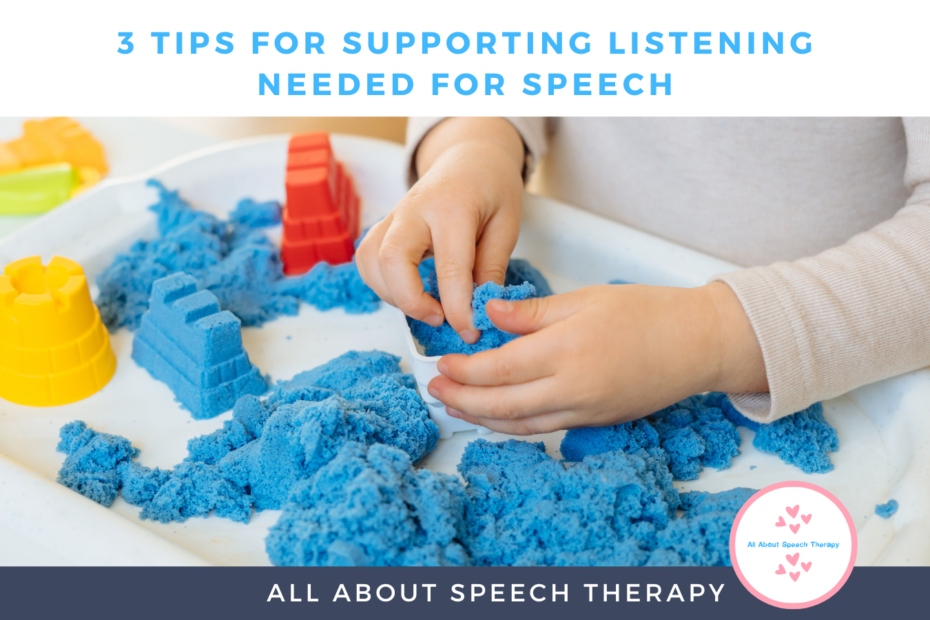When learning about the sensory and tactile approaches to speech therapy, something really resonated: if the problem is speech production then we need to help a child produce speech. I was recently introduced to a 7 year old boy called Bailey. Bailey could understand language, he was developing his reading and his maths skills; he was an able communicator with symbols, but was not yet using speech sounds. It was clearly an area of need, especially as Bailey didn’t like to transfer his symbol use to the home environment.
Tip 1 – Notice response to sensory input
Before we looked at sensory input for speech, we explored how Bailey responds to sensory information in other ways. It was clear he was a sensory seeker, touching everything he could reach and placing items in his mouth to chew. We started by offering Bailey some massage on his face with different textures. He really enjoyed this and would bring my hands to his face to ask for more.
Tip 2 – Don’t forget other sensory approaches too
To make speech therapy a multi-sensory experience, we couldn’t just rely on touch to stimulate the mouth for speech. We also used imitation of actions to promote motor imitation initially with the whole body, then hands and finally the mouth. We also used visual aids to support the link between letters and the sounds we were modelling. Bailey was able to respond to all of these methods and soon worked out the link between what he could see, what he could feel and what his mouth could do in response. For example, when copying blowing with his lips, he would identify a picture of a balloon and attempt to produce the ‘oo’ sound in the word.
Tip 3 – Get specific with placement
In order for sensory input to effectively impact speech production it is important for us to be specific. For example, when Bailey’s Mum massaged his face or he moved his electric toothbrush around inside his mouth, he was receiving lots of sensory input but it was not specific to any sounds. When the red circle shape was brought to his lips, he moved his lips and produced the sound /b/ because the input was specific to his lips as they closed on the shape. The colour also helped him to know which of the lip sounds to aim for – red for /b/, blue for /m/ and yellow for /p.
Following these 3 tips helped Bailey on his journey towards being a verbal communicator. We started with the lips but continued to apply specific sensory input to encourage different speech placements. Where auditory and visual methods are not quite enough, consider tactile sensory input to support speech.
